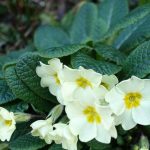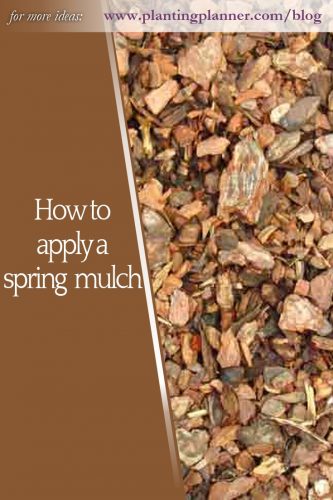from The Weatherstaff PlantingPlanner – intelligent garden design software
The spring bulbs are a picture. Early winter aconites and the valiant, little snowdrops are giving way to the first cheery daffodils, flashes of purple crocuses and creamy primroses, huddled low in their blanket of foliage.
A splash of sunshine on an early spring afternoon is enough to entice you out into the garden, pulling on the gardening gloves, on the look-out for an excuse to potter.
There are plenty of jobs to do. Winter-flowering shrubs can be pruned when they have finished flowering. The grasses can get a bit of tidying up too. Any deciduous grasses left to provide winter interest can be cut back in early spring, while dead foliage on evergreen grasses can be pulled away. The wisteria gets its second cut in January or February. Those whippy shoots which were cut back in the summer after flowering can be cut back to 2 or 3 buds in late winter or early spring.
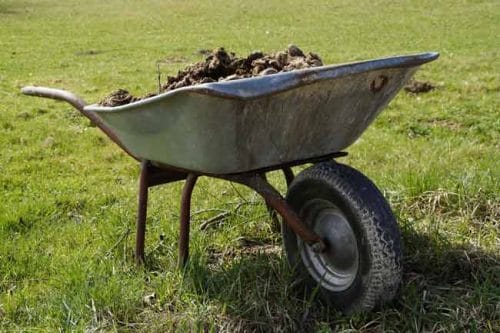
It’s almost time for the spring mulch – but don’t be too impatient to get it done. The best time to do this is mid to late spring, when the soil has had a chance to warm up a bit, but is still moist from the winter rains.
If you are planning to lift and divide perennials, do that first, so the mulch is left undisturbed as much as possible once it’s down. Tackle the weeding first too.
What is mulching?
Mulching means to apply a thick layer of material over the soil in garden beds. Between 5-10cm (2-4 inches) of mulch will prevent annual weeds from germinating. Any weeds which make it through will be weakened and easier to remove.
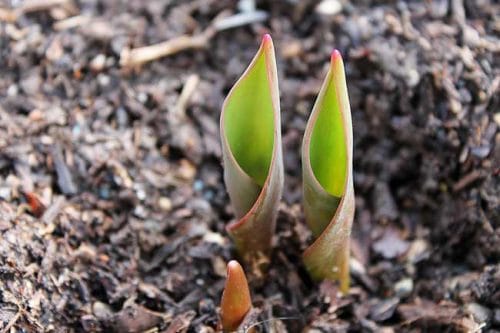
Spread it carefully, leaving a gap around existing or emerging plants. Piling mulch up too close to the stems can cause them to rot.
Why mulch?
As well as suppressing weeds, mulching also helps trap in moisture, reducing the need for watering later on. If you choose to mulch with organic matter, there are additional benefits, as it acts as a great soil conditioner and improves the structure of the soil.
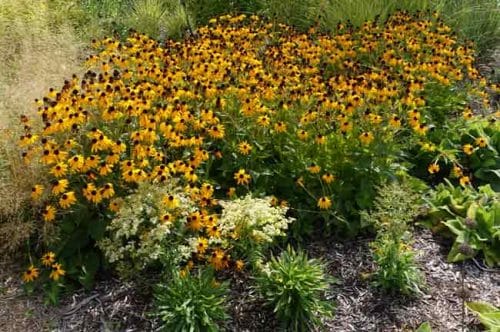
Mulching also gives garden borders a tidy appearance, covering the soil between plants with a neat, homogenous surface.
What should I mulch with?
The two choices for mulching are organic or inorganic material. If you are mulching to conserve moisture and reduce weeds, you can use anything which will allow rain to permeate through, yet reduce evaporation. A layer of straw will help or even bits of old carpet. Woven landscape fabric is particularly useful when planting up a new border, because you can lay the weed-suppressing material down first, then cut crosses and plant through the gaps. Gravel, slate or pebbles can be an attractive addition to flower beds or containers.
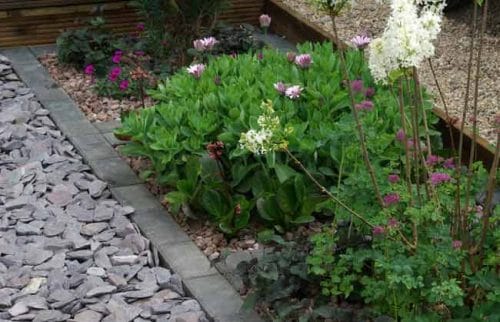
However, if you want to benefit from improved soil condition and structure, your best choice is to use an organic mulch. All soil types can be improved by adding organic matter, which helps the soil to retain moisture and nutrients. Adding well-rotted organic matter to heavy soil improves its structure, making it more crumbly and easier to work with.
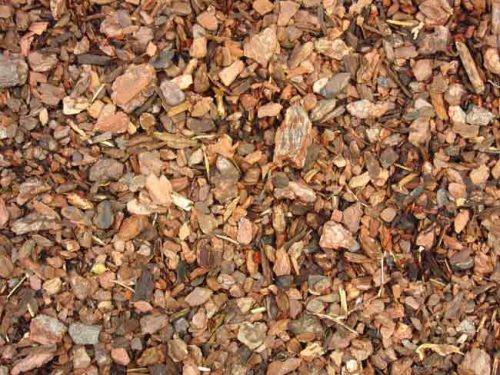
Organic matter includes well-rotted manure, garden compost, leaf mould, chipped or composted bark and spent mushroom compost. Dig it in when first preparing the ground for planting and then add layers around the plants (mulching) every year if possible.
If you have a lot of garden, it can be expensive to cover every bed. Making your own leaf mould or compost is a good start, but if you need to supplement it with something extra, it’s worth trying to find a reputable source. My first delivery of well-rotted manure contained more than I bargained for and I spent hours sifting through it, removing bits of string, electrical wires and weeds!
Pin for later
For more gardening ideas, click here to follow the Weatherstaff PlantingPlanner on Pinterest.




